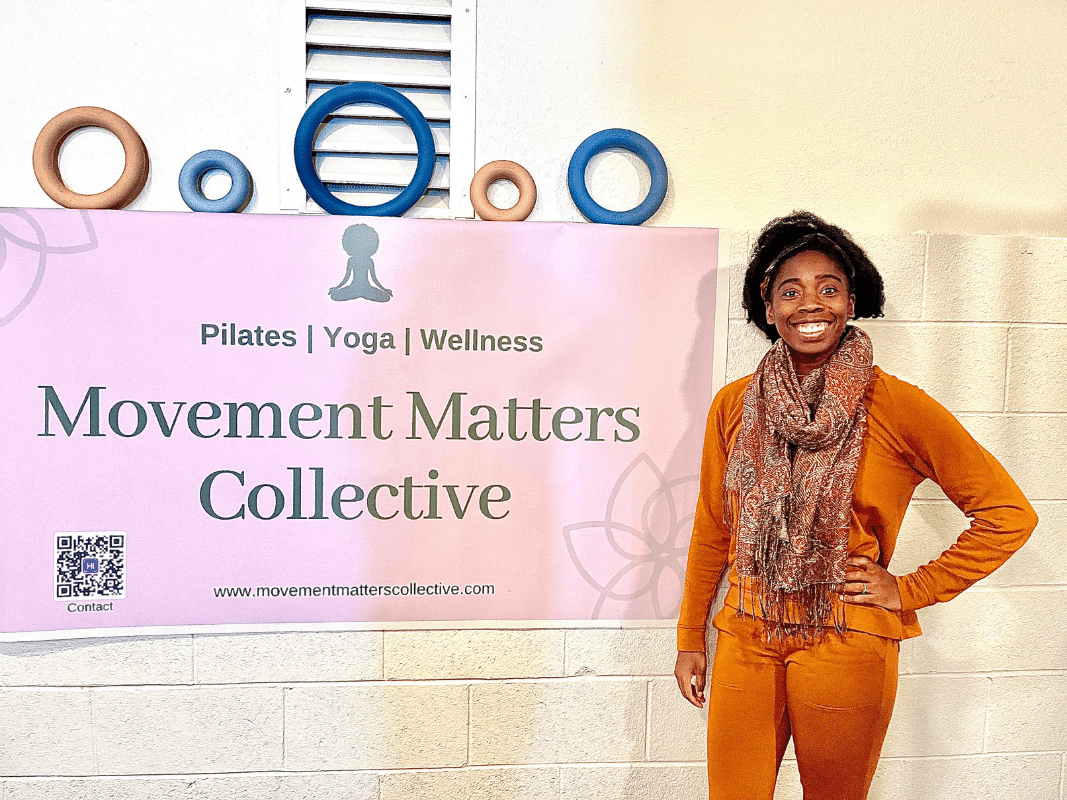Are you new to psychotherapy and not sure what to expect? Or maybe you have tried therapy before but with limited results? Talking and verbally processing experiences certainly has benefits, but are we able to regulate emotions in daily life or in between therapy sessions? Somatic therapy approaches can expand upon traditional talk therapy by offering skills to decrease emotional charge and access different areas of the emotional brain. Read on to learn more about this new therapeutic approach and whether its a good fit for you and your unique needs.

Psychotherapy can have several psychological and physiological benefits such as improving self-esteem, expanding personal growth, and exploring new perspectives. In addition, somatic therapy can offer an added layer of benefit by learning skills to regulate the nervous system. These skills can range anywhere from coping with daily stressors to managing chronic mental health symptoms. Somatic skills can help cultivate safety within the body and help us feel steady in our day-to-day interactions.
What are some somatic approaches?
Many somatic approaches are informed by research in neuroscience and ancient wisdom traditions. Somatic psychotherapy practices can help with increased awareness, education, and intentional movement. Eye-Movement Desensitization and Reprocessing (EMDR), Somatic Experiencing (SE), Brainspotting, Sensorimotor Psychotherapy (SP), Somatic Internal Family Systems (Somatic IFS), vagus nerve practices, breathwork, and yoga are all examples of somatic therapy approaches.
What are the benefits of somatic therapy?
Somatic therapy skills can create a foundation for becoming mindful in the present. Developing body awareness can help us begin to shift the stories that the body holds. We can learn to tolerate discomfort and invite more ease into our experiences. The nervous system naturally wants to regulate itself and with thoughtful curiosity, we can notice what the body needs.
The body is a system of electric and magnetic energy. Certain interventions can be more effective with body awareness because we can begin to integrate nervous system responses and gain new perspectives. Developing a mind-body connection can help challenge deeply rooted beliefs and learn new ways to cope.
Learning mind-body skills
Somatic therapy approaches can help us develop an awareness of emotions and sensations and learn to self-regulate. The body is always giving us signals and approaching these signals with curiosity can open new pathways of insight. Some somatic practices may include:
- Building skills to self-regulate
- Identifying feelings and emotions
- Integrating experiences within the body
- Understanding different functions of the brain
- Bringing conscious awareness to sensations in the body
- Practicing grounding skills to attune to the present moment
- Receiving education about natural nervous system responses
- Identifying ways to self-soothe, such as bilateral stimulation (BLS)
What is self-regulation?
Self-regulation means we can learn to cope when we feel over-or under-stimulated. To put it simply, feeling overstimulated means that there is too much going on in the nervous system, and feeling understimulated means there is decreased activity in the nervous system.
The ability to self-regulate can help us embrace the sweet spots of life and lean into difficulties when they occur. We can learn skills to feel calm when we are overstimulated and build skills to focus when we feel understimulated. A blend of traditional and somatic therapy can help highlight individual strengths and resiliency, increase confidence, and even improve sleep quality.
Somatic exercises + calming techniques

In somatic therapy, it is common to use a combination of grounding skills to help manage thoughts and emotions to return to the present moment. Here are some examples of exercises and techniques that might be used:
- Exercise: movement can help us burn adrenaline
- Yoga: combines the benefits of breathwork and movement
- Breathwork: helps to oxygenate the body and slow down the mind (read our Guide to Breathwork in San Diego)
- Walking: taking short walks to create right-and-left brained activity
- Deep breathing: inhaling through the nose and exhaling through the mouth
- Making a joyful noise: humming, singing, or chanting can stimulate the vagus nerve
- Foot tapping: placing both feet on the ground and gently tapping each foot back-and-forth in a comforting rhythm (sets of 12)
- Prevention: learning to ground ourselves as soon as we notice early signs of stress
How can somatic practices help with relationships?
Whether we are going through a rough patch or just wanting to explore self-growth, feeling grounded in the present can allow us to be more open and receptive to others. Somatic skills can help us identify what we feel in our body and when. These benefits can include:
- Setting boundaries: Learning when to be firm and when to be flexible.
- Understanding attachment styles: We are wired for connection, but sometimes we need help understanding our responses and needs within relationships.
- Increasing intimacy and connection. Somatic practices can help us shift and heal inherited patterns and build resiliency for future generations.
- Practicing assertive communication: Building somatic skills can help us navigate difficult or uncomfortable conversations.
Is somatic therapy for me?
Somatic psychotherapy can help integrate memories and emotional experiences that remain stored in the body, within the cells, and even inform patterns of thought. Learning somatic practices can help us embody our senses, discover deeper truths, and honor the sensations within. By creating small changes to manage natural stress responses, we can learn to experience more joy and true presence.
_________________________________________
About the Author
Jill Baumgartner, LCSW, is a psychotherapist in private practice. She blends traditional talk therapy with practices that honor the wisdom of the body and the intuitive guidance of emotions. Jill is passionate about helping others embrace inner healing, integrate trauma, and reclaim wholeness through the path of the heart. Learn more about Jill and her practice at www.jillbaumgartnerlcsw.com.
DISCLAIMER: This article is for informational purposes only. It is not, nor is it intended to be a substitute for professional medical advice or treatment for specific medical conditions. You should not use this information to diagnose or treat a health problem without consulting a qualified healthcare provider.
Looking for More Health + Wellbeing Resources?
Explore our Events Calendar for upcoming yoga events, meditation classes and wellness workshops around San Diego. Or browse all of our Wellbeing articles for the latest wellness news and trends!













